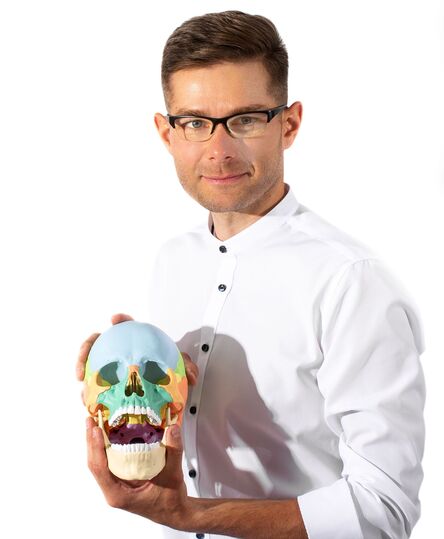
 Deadline: 8.03.2025r.
Deadline: 8.03.2025r.
 Price: 550 euro
Price: 550 euro
 Place: Madrid
Place: Madrid

The course organized in Madrid by Dissezione Cadaverica, in collaboration with the Still Academy of Osteopathy.
The cadaver dissection course is at the forefront of anatomy education, offering an innovative and unique approach that combines learning anatomy with its practical applications for osteopaths, physiotherapists, and manual therapists. It allows students to understand how anatomy interacts with the pathologies and dysfunctions observed in their patients.
Additionally, our instructors provide both theoretical and practical knowledge, enabling students to acquire new clinical tools that help them assist their patients even more effectively.
We have designed the cadaver dissection course as an optimal program that combines the study of anatomy with manual and clinical therapy, hosted in a facility equipped with the latest technologies—all at an attractive price. We offer an exclusive format where participants not only get to observe real anatomy but also benefit from the expertise of four university lecturers. These instructors provide therapeutic approaches that can be immediately applied in daily practice.
Saturday morning (9h -13h):
13-14h: Lunch break
Saturday afternoon: (13-18h)
FACILITIES:
Our center in Madrid is equipped with the latest audiovisual technologies to optimize the learning process. It is a spacious, bright venue with large windows offering views of the mountains, creating an ideal environment for the course. The center is well-connected via both public and private transportation. Coffee breaks and lunch are held in a separate area of the facility. Our catering service includes vegetarian and gluten-free options.
UPCOMING TRAINING MODULES:
INCLUDED IN THE PRICE:
ADDITIONAL:
We usually organize a traditional Spanish dinner with course participants and their companions. The cost of the dinner is covered by the participant, who will receive all necessary details regarding the location, menu, and costs.

The course will be conducted in English with consecutive translation into Polish.





